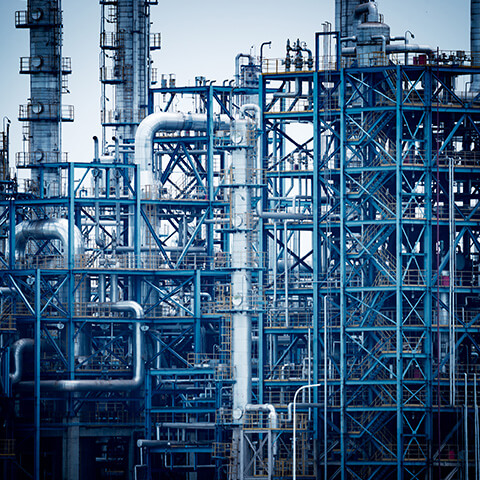
Understanding Gas Sensors
Gas detectors are devices utilized to provide warning when the presence of dangerous gases has surpassed its safety range with a variety of options to meet the demands of different gas monitoring applications. Gas sensors are a component of the device that specifically assists in the measurement of concentrations. Gas detection is the process of identifying and monitoring potentially dangerous levels of gases through the use of gas detection monitoring systems and devices.
There are currently four different sensor technologies implemented in the instrument or system used to monitor gas levels: electrochemical sensors, catalytic sensors, infrared sensors, and photoionization sensors. Electrochemical gas detectors measure a specific gas concentration by oxidizing gas to an electrode, generating a positive or negative current flow. Electrochemical gas sensors are typically used to measure the concentration of a target gas within an external circuit.
Catalytic bead sensors are typically used to measure combustible gases that come with an explosion hazard when concentrations are between the lower explosion limit (LEL) and the upper explosion limit (UEL). This type of sensor is based upon the idea that when gas oxidizes, it produces heat and the sensor will convert the temperature change via a bridge-type circuit. One of the beads of the catalytic sensor consists of a special catalyst that promotes oxidation, and the other is treated to inhibit oxidation. Current passes through the coils till they reach oxidation temperature (about 932 degrees), increasing the platinum coil’s resistance, leading to an imbalance of the bridge. The resistance change is directly related to the gas concentration in the surrounding atmosphere, displaying the gas reading on the meter or similar indicating device.
An alternative to combustible gas measurements, infrared sensors are used when there is no oxygen present, or in situations where you measure high carbon dioxide concentrations. Based on the foundations of light absorption, the change in the absorbed light intensity is measured relative to the intensity of light at a reference wavelength. The infrared sensor computes the difference in absorbed light and reports the gas concentration from the absorption. A photoionization gas detector uses an ultraviolet light source to ionize gases to positive and negative ions that can easily be identified with a detector. Ionization occurs when a molecule absorbs the light energy of a gas. The photoionization detector measures the charge of ionized gases, with the charge being a function of the concentration of volatile organic compounds (VOCs) found in the atmosphere.
Gastronics, Inc. began in 1997 developing combustible and toxic gas monitors and licensed radio telemetry systems for industry. With over 20 years of experience, our experts provide companies gas detection and telemetry solutions fitting all their needs. To view our products, click here. If you have any questions or would like to speak with one of our specialists, contact us today!


0 comments on Understanding Gas Sensors